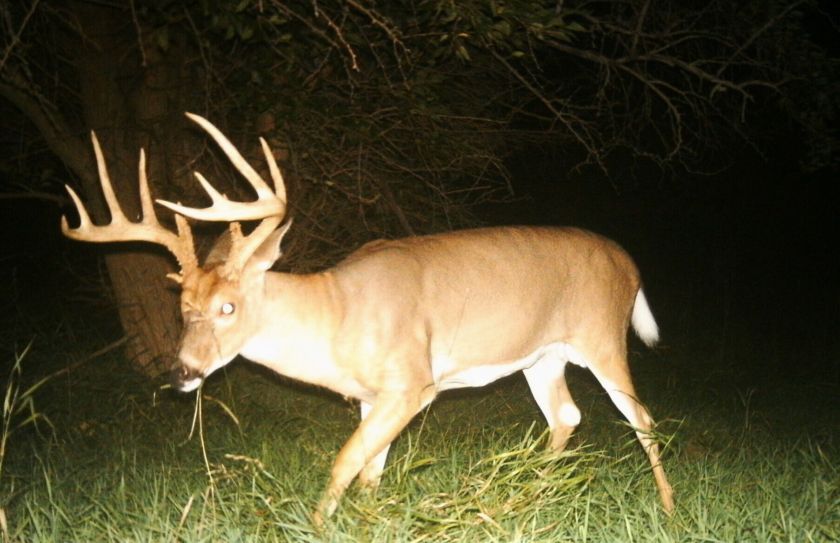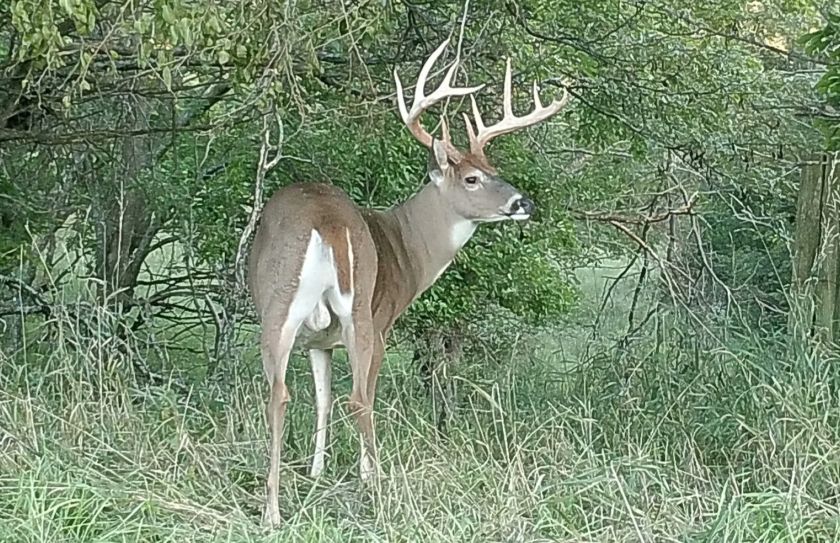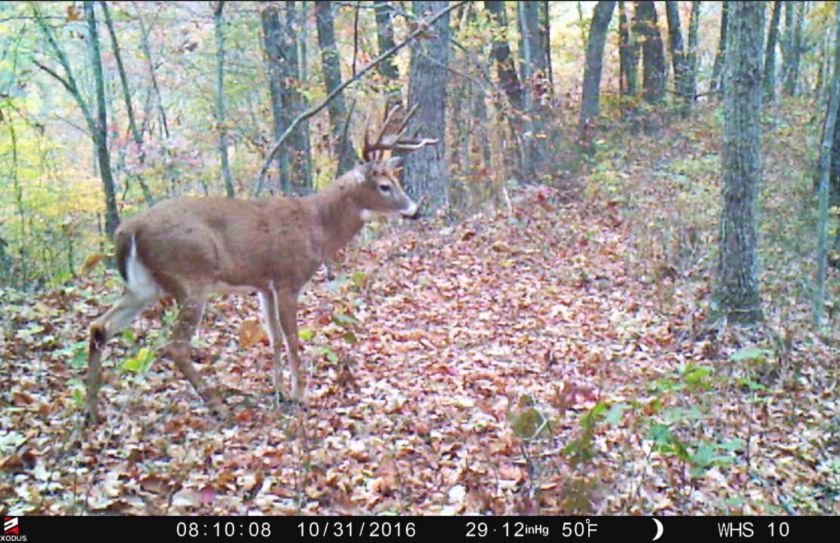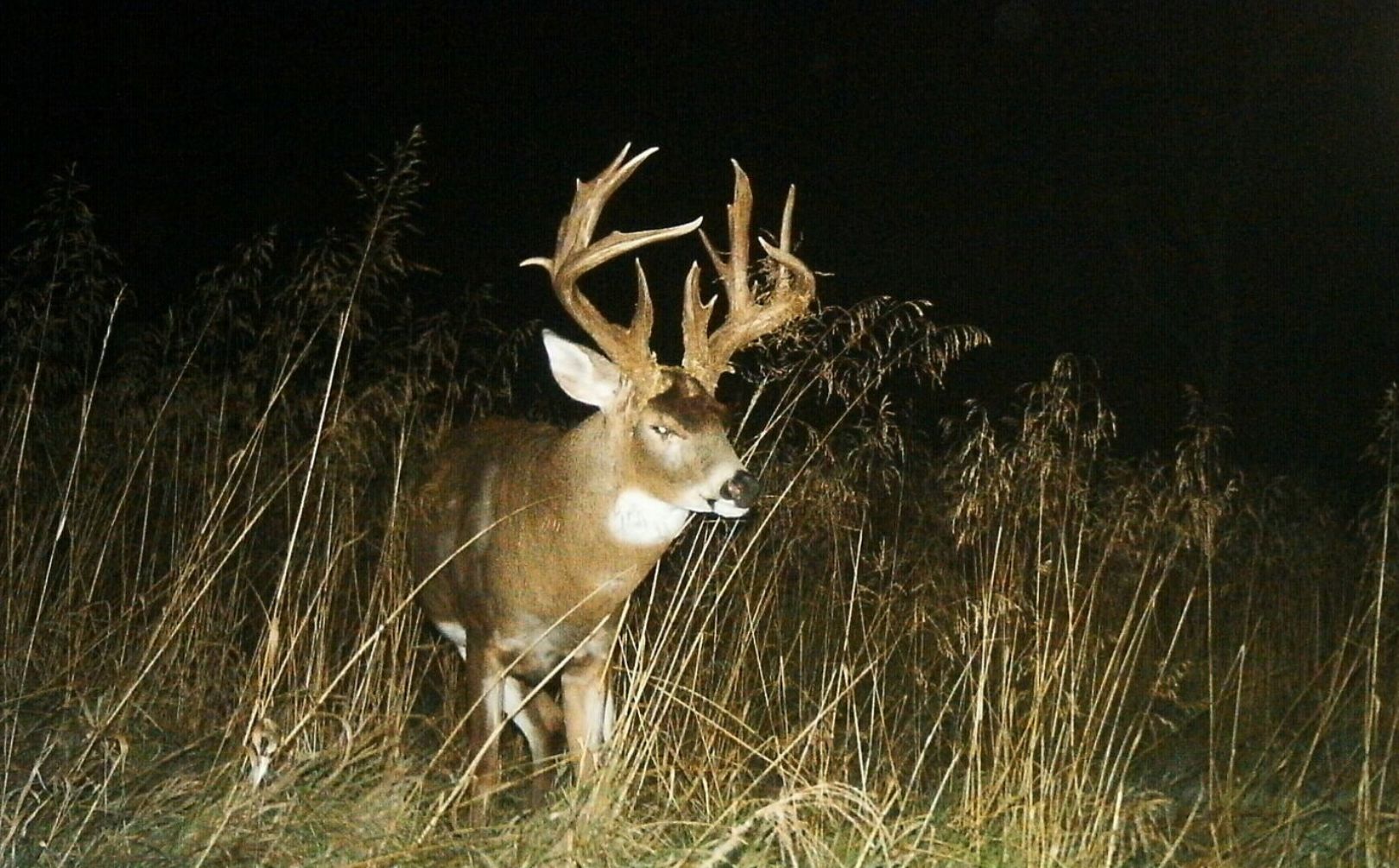
Just because a monster buck is showing up on your trail cameras or was around your land all Summer long, doesn't mean that you should hunt him every chance you get. Knowing he is there is the easy part, but knowing exactly when to hunt a mega buck is the most important strategy of all.
*Knowing when to hunt a monster buck becomes a whole lot easier, when you learn how to label a buck as a Core or Non Corebuck.
The Type of Buck Determines When To Hunt Him
It may seem obvious, but going for a certain buck too early can realistically destroy your chances for the entire season, and then of course going for him to late can waste valuable and fleeting opportunities. The key is to analyze the past before you attempt to predict the future. After scouring over historical data, you can then create an appropriate plan of attack that matches the specific buck that you are after. A mature buck has nearly always told you in the past, exactly when he will show up in the future. To simplify my own hunting endeavors as well as those of my clients, readers and viewers, years ago I created 2 categories of bucks: Core and Non Core.
Every buck has a personality, every monster buck is predictably unpredictable and every buck is unique in their personalities, patterns and tendencies. To say that you can label a buck 1 of 2 ways may seem foolish, however, it works because it covers the majority of their hunting season movements and if you hunt by just those two labels, I have experienced since the early 90s that you should connect at least 80% of the time. Of course, connect, if you have created the opportunity to be in a position to hunt a monster buck, on the private or public land that you hunt. Here is what you need to know, to determine if a buck is Core or Non Core:
1. Core Bucks
Core bucks show themselves on and within 100-200 yards of your parcel borders nearly every single day of the first 2 months of the hunting season, within 1-2 hours of daylight. A core buck is close, can and should be hunted often, and if you don't push him away, his afternoon daily food source doesn't dry up and his cover is adequate - he should stay put for you to hunt.
2. Non Core Bucks
Non Core bucks show up on your cameras very little (often less than 5 times per season), and are most likely bedding during the daytime hours, a minimum of a 1/2 mile away. While their movements on your land may be scattered, during the middle of the night and random, your are fortunate because the time to hunt and kill a monster non core buck is extremely precise! The best times to kill a non core buck are during the peak and post rut periods, possibly opening day of gun season or during the late season over a highly attractive food source.
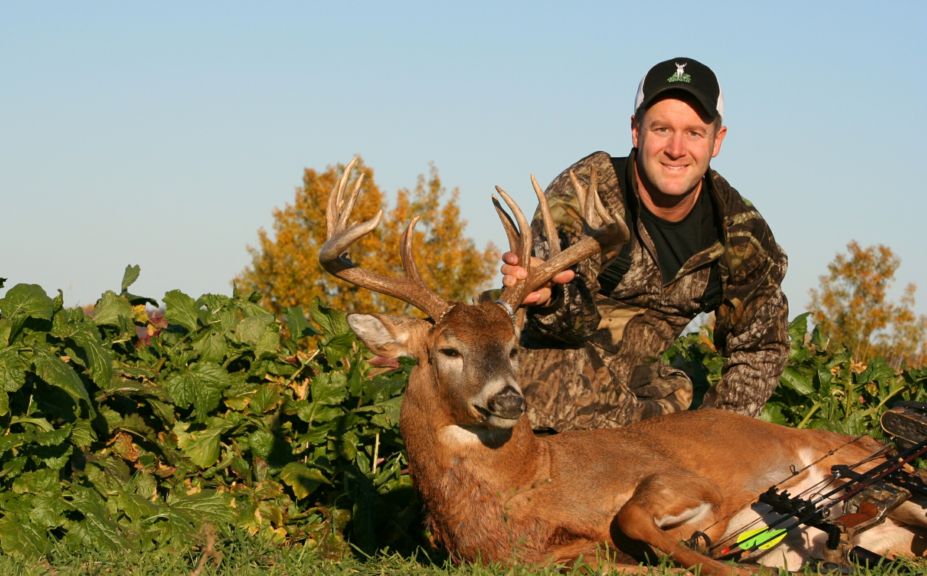
*This is a 2007 core target buck from a one and done, first sit, 10/26 hunt. If you have a core buck on your land, the Pre Rutcan be an exceptional time to put your tag on him!
Knowing When To Say When To Hunt
I have experienced that you can label just about any mature buck as a non or non core buck. Is it an exact fit for 100% of all bucks? No. However, if you think back to any of the old monster bucks that you have hunted in the past, I bet you will find that those two categories cover the majority of them. For my personal hunts if a core buck is a target of mine, I hunt him every cold front starting from the first day of archery season. If a buck that I am after is a non core buck, then I literally do not even sit in the stand I hope to kill him out of, until the peak of the rut or until I know for sure he is moving during daylight - whichever comes first.
The Risk of Moving In Too Early To Hunt
Because I hunt small parcels or public land, the bucks that I actually kill are typically non core bucks. The majority of those non core harvests have taken place out of a stand that I specifically targeted the buck I was after, while using that particular stand for the first time that year, during the peak of the rut. If I had hunted those bucks too early in that stand, then I would have pressured the stand location, reduced the deer usage in the area and limited the rubs, scrapes, tracks and scent that tell the deer herd, "This is a safe spot to hang out". If you aren't hunting a fresh stand for a non core, cagey, old monster buck, you are most likely not going to be successful on a consistent basis.
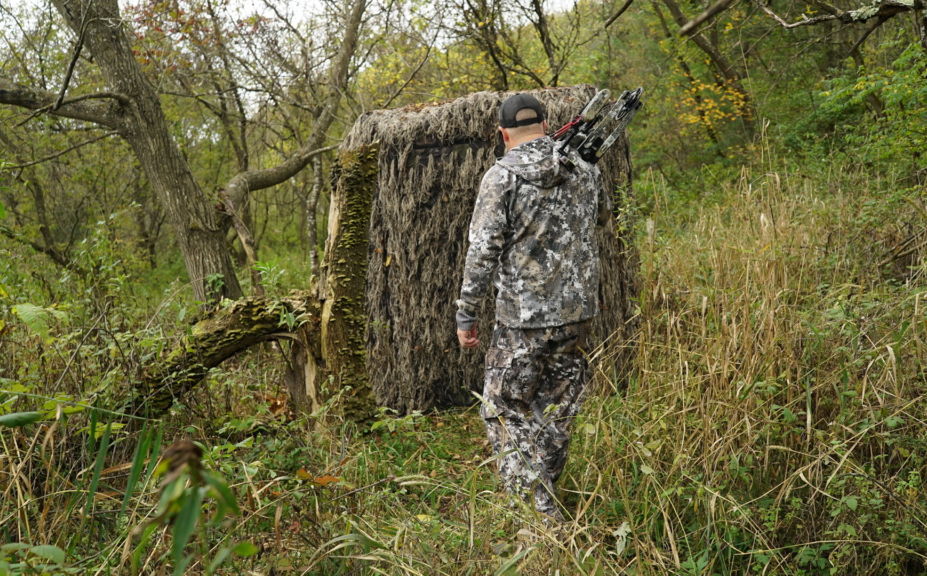
*Although I have a non core monster I believe will be in the location of this Redneck Ghillieblind, I will not be setting foot in this location until the peak rut and gun season.
The Risk of Hunting A Buck Too Late
It is important to keep in mind that the non core buck that you are after, is some elses core buck and the same can be said for the core buck that you have centering on your own land. While a core buck presents some great opportunities to hunt during every cold front leading up to the peak rut (with a special imphasis on the pre rut), there is a good chance he will leave your land during the daylight, for portions of the peak rut. If you have identified that a particular monster you are after is a core buck; don't wait! The peak rut isn't a bad time for you to kill a core buck on your own land, and neither is it for your neighbors. Even then, you can actually kill a core buck more often by sitting on the couch. I like to take a shot at him every 5-10 days out of different stand setups, and only when their are significant cold fronts of 7-10 degree temperature drops or more.
Conclusion
It really doesn't have to be as hard as hunters sometimes make it out to be. I prefer a simple, methodical approach to hunting specific mature bucks and labeling the bucks I am after has proven highly effective for decades of target buck harvests. Are you hunting a Core or Non Core buck? Determining what you are hunting, can easily be your most efficient method for determining when you should hunt him, for creating consistenly precise harvest opportunities, every single season.
